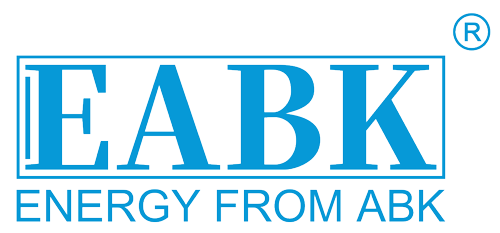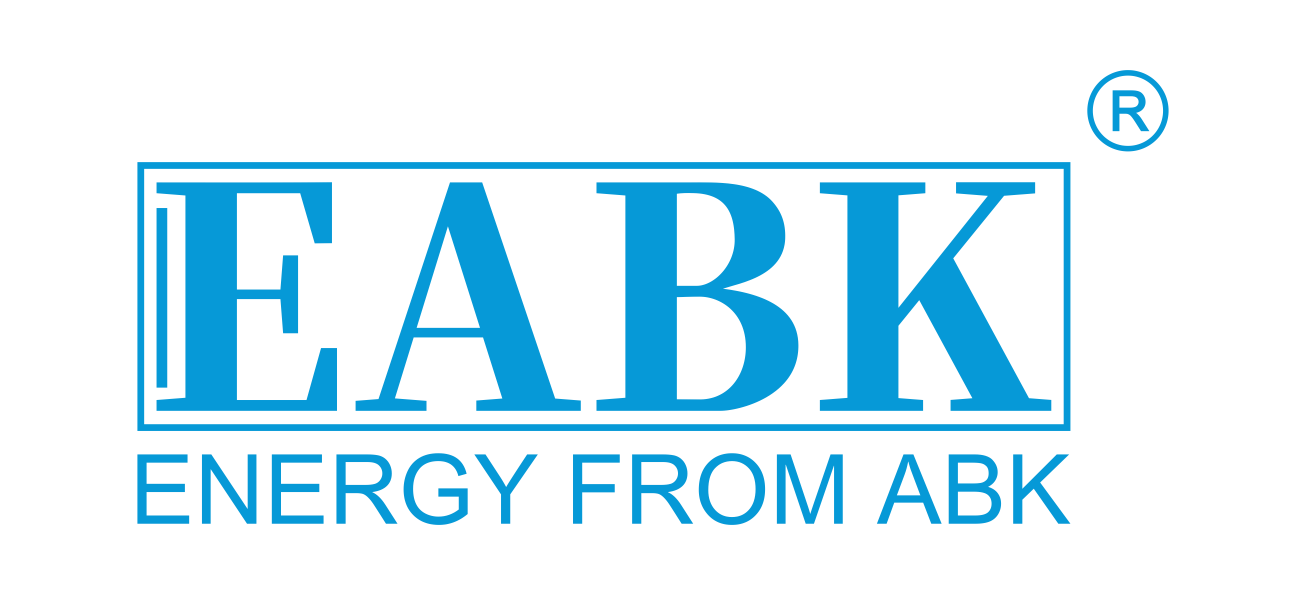Lithium batteries can provide higher voltage, greater battery density, and the number of cycles is more than a thousand times,while lead acid is only 300-500 times; lithium battery charging has a threshold,
(1) Different nominal voltages: single lead-acid battery 2.0V, single lithium battery 3.6V;
(2) Lithium battery has higher energy density, lead-acid battery 30WH / KG, lithium battery 110WH / KG;
(3) The cycle life of the lithium battery is longer, the average lead-acid battery is 300-500 times,
and the lithium battery is more than 1,000 times;
(4) Lead-acid batteries are safer to use, simple to maintain, long-lived, and low-cost;
(5) The manufacturing cost of lithium batteries is high, and the labor cost of manufacturing equipment is about 40% of the manufacturing cost, and the price is about three times that of lead-acid batteries. Lithium batteries are not recyclable.
(6) Lithium battery, light weight, small size, only about half of lead-acid battery,Lithium batteries have longer battery endurance than lead-acid batteries
(7) Lead-acid batteries have stable and reliable high-rate discharge performance, good temperature performance, and can work in an
environment of -40 ~ + 60 ℃; used batteries are easy to recycle, which is conducive to protecting the environment.
(8) Lithium battery charging method is relatively fixed, using voltage limiting current limiting method, that is, a limit threshold is given to both current and voltage. Lead-acid battery charging methods are more, constant current charging method, constant voltage charging method, floating charge….
The difference between the two is based on the performance of the material. The positive and negative materials of lead-acid batteries are lead oxide, metal lead, and concentrated sulfuric acid; lithium-ion batteries have four components: the positive electrode (lithium cobalt oxide /Lithium manganate / lithium iron phosphate / ternary), negative graphite, separator and electrolyte.


 English
English French
French German
German Italian
Italian Spanish
Spanish Portuguese
Portuguese Dutch
Dutch 中文
中文